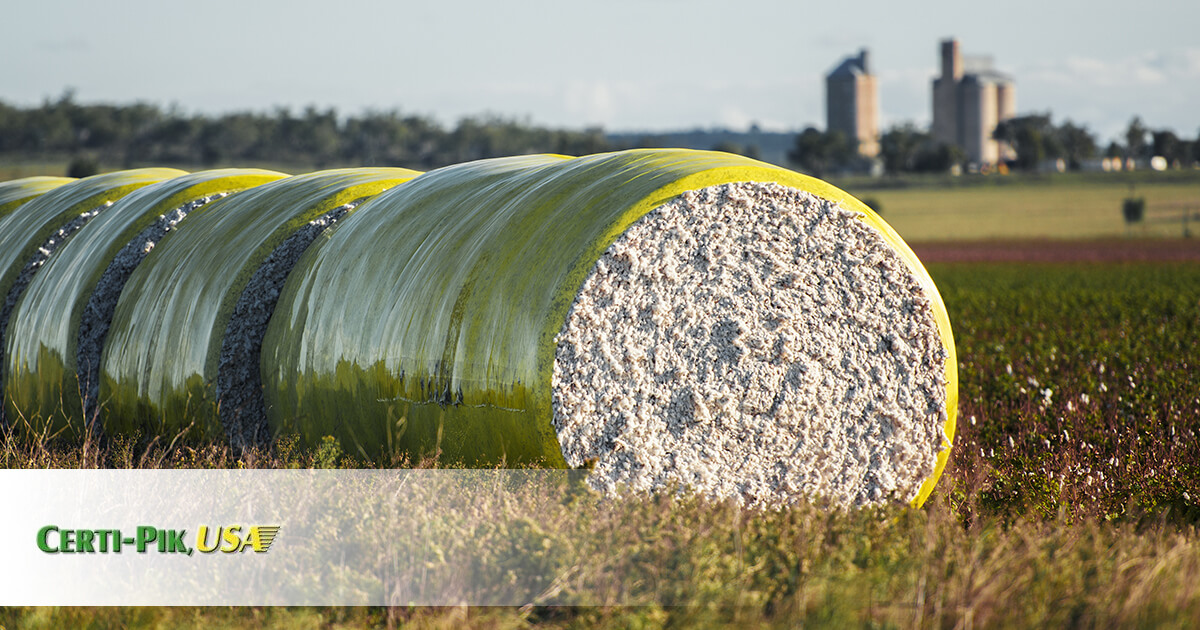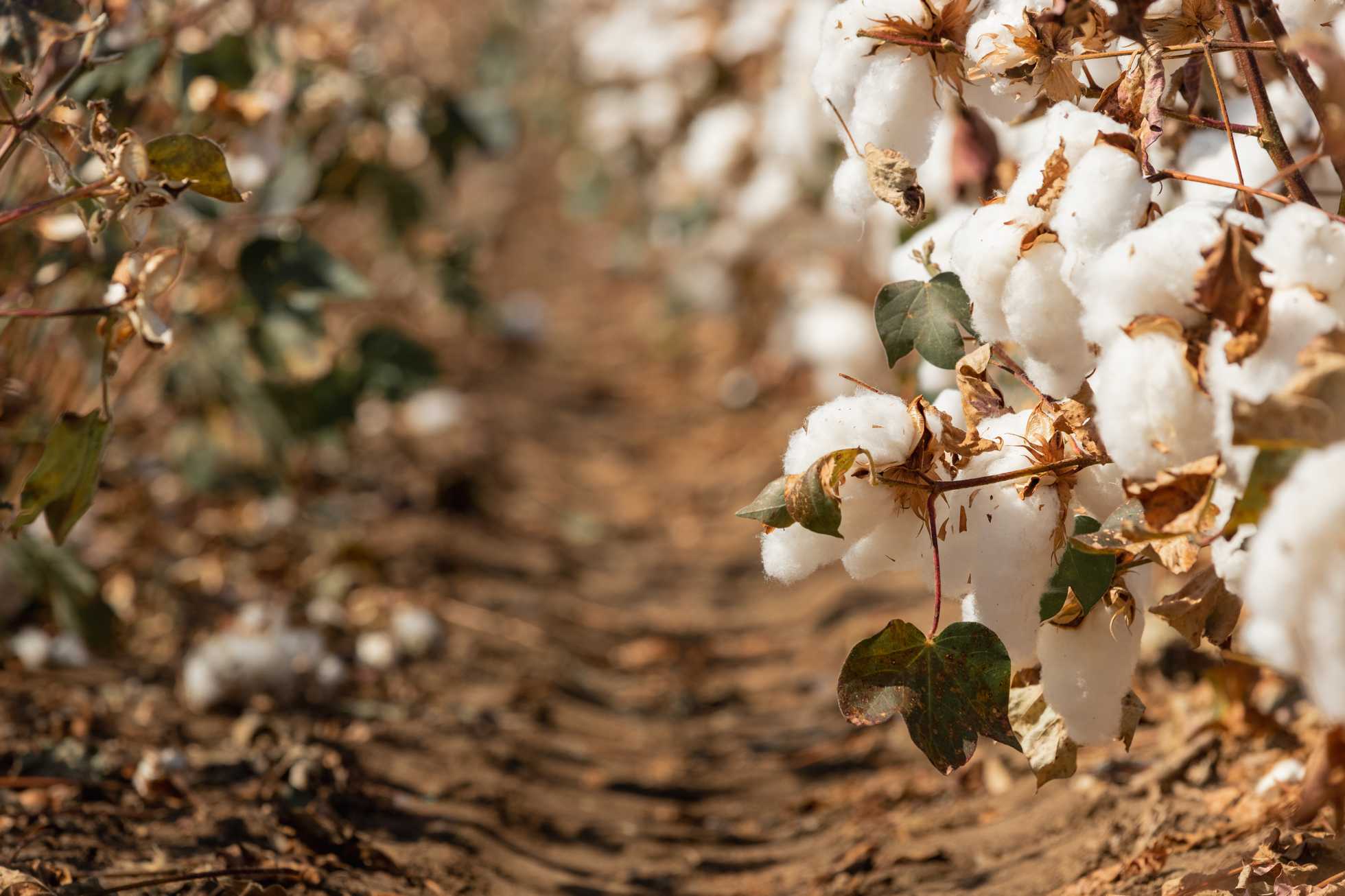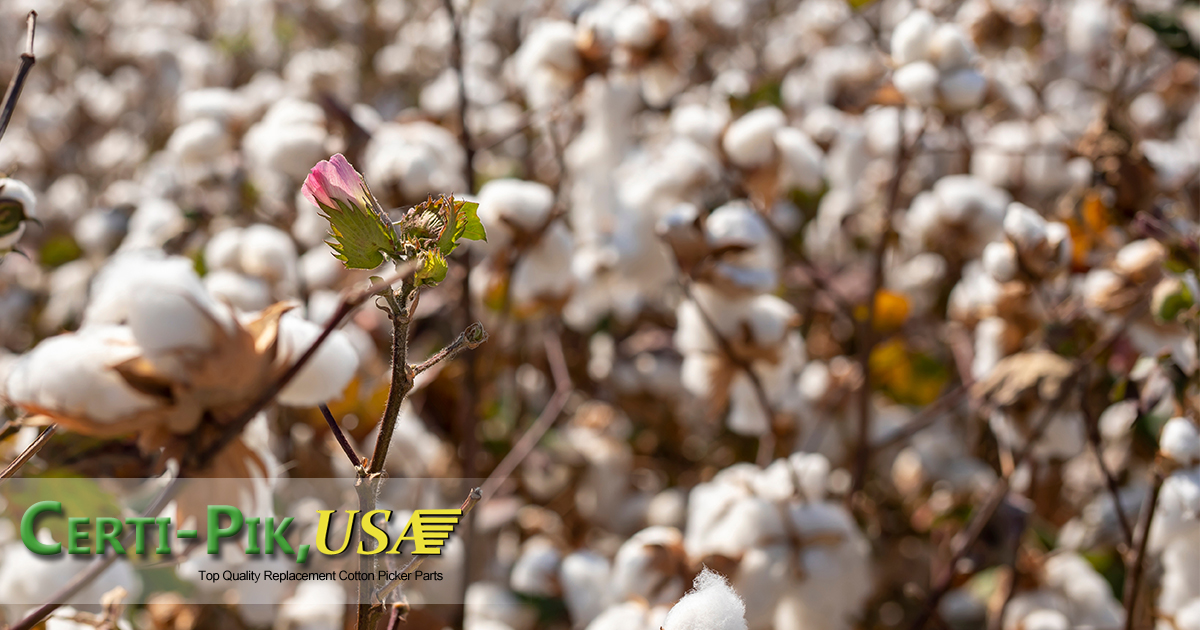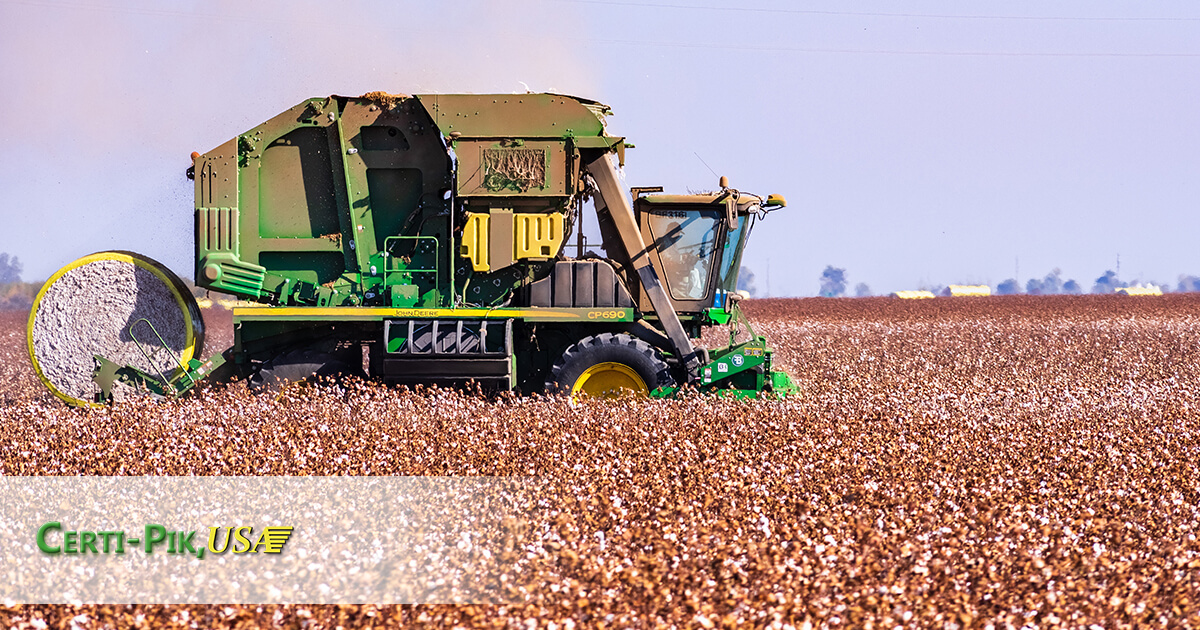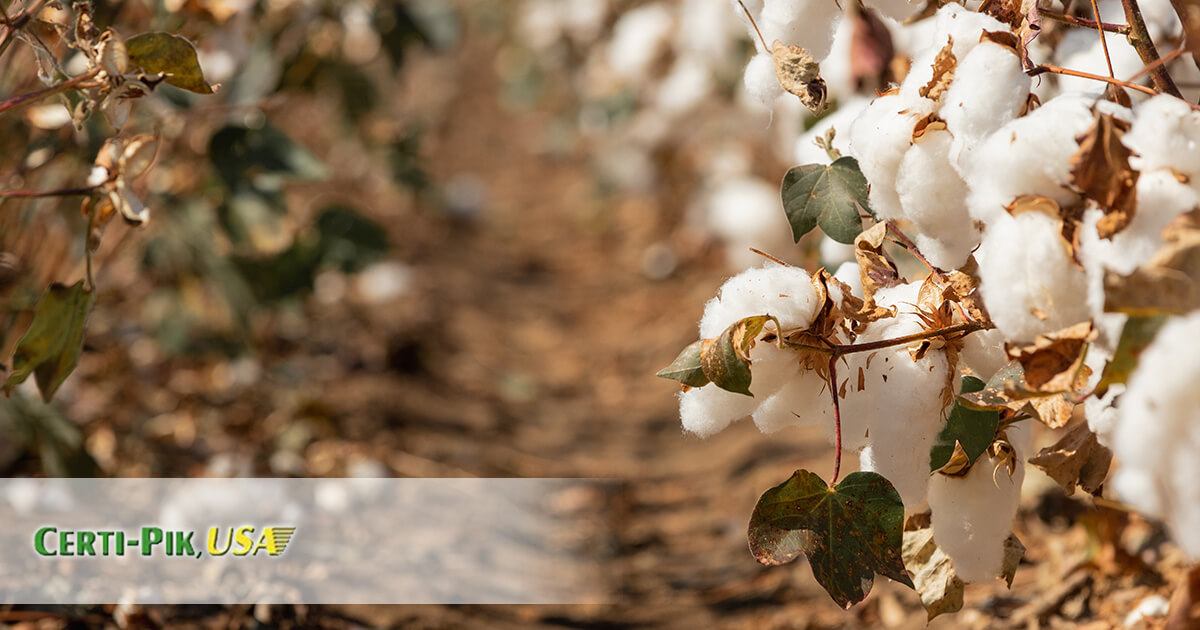How Much Does a Bale of Cotton Cost? In general terms, cotton costs about 75 cents per pound, or $360 for a standard sized bale. Prices do fluctuate, so for “an exact price right this minute” you’ll need to check with a commodities broker. This isn’t a clickbait article, that’s a direct answer for students
READ MOREAuthor: Certi-Pik, USA
John Deere Cotton Picker 9996 FAQ’s
John Deere Cotton Picker 9996 Frequently Asked Questions The John Deere Cotton Picker 9996 is a popular, efficient agricultural machine. The 9996 is a durable, powerful machine with a thoughtfully designed build that places the engine in a position to provide more traction to the wheels and more horsepower to move those wheels up hills.
READ MORECotton Picker History 101
Introduction There’s no doubt cotton is one of the great contributions America has made to global society, or that cotton production was and is an integral part of the American economy which led to becoming an international superpower. Without cotton, clothing would be made of expensive silk, heavy wool, or coarse uncomfortable flax linen. Cotton
READ MOREShould I Buy Used John Deere Cotton Picker Parts?
When you start searching for high-quality, used John Deere cotton picker parts, you will quickly find that they are almost impossible to find in some cases. At Certi-Pik, USA, our team of cotton picker part specialists is here to help you find the right part for the right price. Are you wondering if used parts
READ MORECommon Cotton-Picking Tools Customers Require
For many years, cotton picking has been done by using hands due to the lack of appropriate equipment to do the harvesting. But since the world has evolved, cotton harvesting has also evolved, and harvesting has now become more comfortable and faster. Cotton farmers have now embraced the cotton picker machine to maximize their production.
READ MORE
